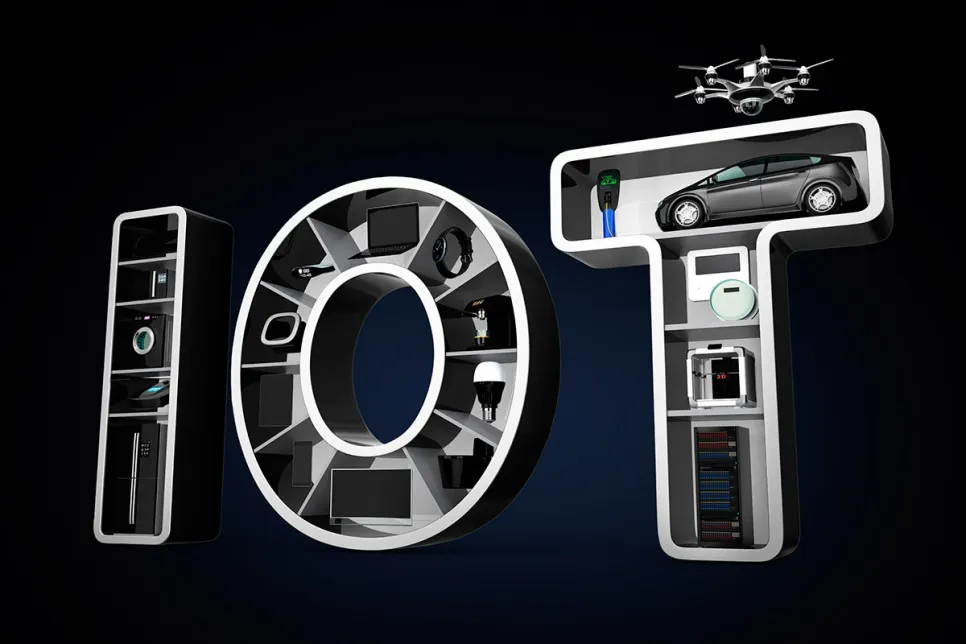Subscription Economy to Be Worth Almost $1 Trillion by 2028
A new study by Juniper Research found that by 2028, subscription economy revenue will reach $996 billion, up from $593 billion in 2024; a substantial rise of 68%.

The number of devices connected to the Internet, including the machines, sensors, and cameras that make up the IoT, continues to grow at a steady pace, according to IDC. A new forecast estimates that there will be 41.6 billion connected IoT devices, or "things," generating 79.4 zettabytes (ZB) of data in 2025.
As the number of connected IoT devices grows, the amount of data generated by these devices will also grow. Some of this data is small and bursty, indicating a single metric of a machine's health, while large amounts of data can be generated by video surveillance cameras using computer vision to analyze crowds of people, for example.
IDC projects that the amount of data created by these connected IoT devices will see a compound annual growth rate (CAGR) of 28.7% over the 2018-2025 forecast period. Most of the data is being generated by video surveillance applications, but other categories such as industrial and medical will increasingly generate more data over time.
"As the market continues to mature, IoT increasingly becomes the fabric enabling the exchange of information from 'things', people, and processes. Data becomes the common denominator as it is captured, processed, and used from the nearest and farthest edges of the network to create value for industries, governments, and individuals' lives," said Carrie MacGillivray, group vice president, IoT, 5G and Mobility at IDC.
"Mankind is on a quest to digitize the world and a growing global DataSphere is the result. The world around us is becoming more 'sensorized,' bringing new levels of intelligence and order to personal and seemingly random environments, and Internet of Things devices are an integral part of this process," said David Reinsel, senior vice president, IDC's Global DataSphere.
While it's not surprising to see industrial and automotive equipment represent the largest opportunity of connected "things," IDC expects to see strong adoption of household (e.g., smart home) and wearable devices in the near term. Over the longer term, however, with public safety concerns, decreasing camera costs, and higher bandwidth options available, video surveillance will grow in adoption at a rapid rate. Drones, while still early in adoption today, show great potential to access remote or hard to reach locations and will also be a big driver of data creation using cameras.
While the video surveillance category will drive a large share of the IoT data created, the industrial and automotive category will see the fastest data growth rates over the forecast period with a CAGR of 60%. This rich data includes audio, image, and video.
It should also be noted that the IoT metadata category is a growing source of data to be managed and leveraged. IoT metadata is essentially all the data that is created about other IoT data files. While not having a direct operational or informational function in a specific data category, metadata provides the information about the data files captured or created by the IoT device.